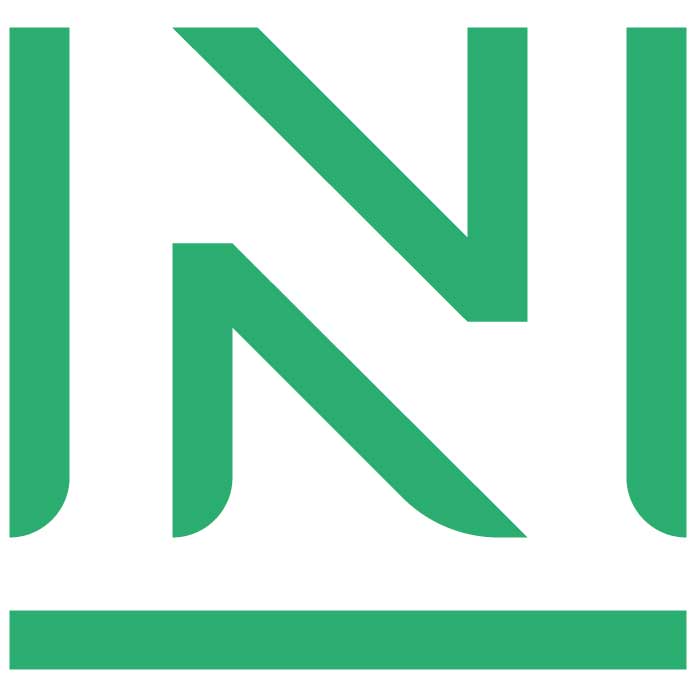Naue Case Studies
Combigrid® – Base course reinforcement – Haul Road for Blenheim Lake Restoration – UK
Originally constructed to traverse a wide marshy valley on the approach to Blenheim Palace, Vanbrugh’s 'Grand Bridge' now spans Capability Brown’s 47-hectare water feature, and the stretch of ...
Bentofix® Secutex® – Sealing system for a new leisure lake – Thornwick Bay Holiday Village
Probably best known for its towering chalk cliffs and huge seabird colony, Flamborough Headland is also the location of one of four Haven holiday destinations on the Yorkshire coast. Since acquiring the site back in 2015, Haven has invested heavily in the refurbishment and expansion of the holiday park, and construction of the new lake, covering almost 2 hectares, is just one element of a 10-year masterplan for the Thornwick site and part of a multi-million-pound investment to modernise and improve the site’s overall appearance.
Bentofix® X – Meizhou Cultural Village – China
Meizhou City, now known as Meishan City, is a prefectural-level municipality in the Sichuan Province, China. More than 3 million inhabitants are registered in this city. Morphologically, the town is located south-west of the Sichuan Basin, a lowland region surrounded by mountains and drained by the Yangtze River.
Secugrid® – Repair of flood damage „Leubethaer Street“ in Freiberg – Germany
In May 2018 a storm front hit the Vogtland region in Germany with full force. Up to 150l of rainfall were measured in one hour. In the Adorf district of Freiberg the heavy rainfall caused the greatest damage of the storm. Over a length of 30m the Leubethaer Street was washed away. A culvert located in this area could no longer absorb the enormous quantities of water. This led to a water accumulation within the road embankment. Fine particles of the fill soil were successively washed out and the slope collapsed completely.
Secutex® Green – Renaturation/relocation of the Erft river near Neuss-Gnadental – Germany
The Erft is a southwestern and left tributary of the Rhine, about 107 km long. Its course and water flow have been changed many times since the Middle Ages. In July 2021, some parts of Germany experienced continuous rain and floods, also in the catchment area of the Erft. In many places, the Erft overflowed its banks considerably, for example, in Bad Münstereifel and Erftstadt-Blessem, where - intensified by a rushing current - major damage was caused. Shortly before it flows into the Rhine, the Erft, which has been straightened over the past decades, is to be renatured, and the meandering course of the existing old arms is to be reconnected to the watercourse. This measure is part of the „Lower Erft“ perspective concept. The concept includes the near-natural redesign of the 40km long section of the Erft river from Bergheim to Neuss. Here, the Erft is being adapted to the reduced water flow (about a quarter of today‘s volume) associated with the end of lignite extraction.
Bentofix® X – Water treatment plant in Niger
Millions of people in sub-Saharan Africa have little or no reliable access to clean drinking water. Securing freshwater is a high priority in these regions.
Bentofix® Secudrain® Secugrid® – Storm water retention pond Ziegenschleppe – Germany
To improve the water retention capacity and the flood protection situation in the tributary to the Zwickauer Mulde after the devastating floods on the Mulde and Elbe in 2002, additional water retention areas were created. In the town of Schneeberg on the Schlema, a storm water retention pond was constructed in 2005 with a utilisation volume of approximately 23,400m³. The main components also included an inlet and two outlets as reinforced-concrete structure, an emergency spillway as a rough ramp, 28m of DN 1400 drainage channel and, in addition, the entire mechanical and electrical equipment of the inlet structure.
Bentofix® Secugrid® Naue Steel P – Shooting range of the shooting sports club (SSC) Schale – Germany
The “Schale Shooting Sports Club” (SSC Schale) in Hopsten, Germany, invested almost € 5 million in constructing two new skeet shooting ranges with the support of the federal government, the state, and the municipality. For noise protection, a 24m high wall was built, also collecting the shotgun pellets for recycling. The wall material is mainly from soil aggregate with „environmentally relevant substances“ (e.g., milled material from road shoulders), which was used as fill material for the geogrid reinforced soil structure.
Secugrid® HS – Protective measures Laugneri II (Ost)
Between the Lake Zug, Lake Lauerz and Lake Lucerne in Switzerland rises a 1798m high mountain mass – the Rigi. The community Weggis is located between the lakefront and the steep south-western slope of the Rigi. Due to the morphological and geological conditions, various residential areas near the lake are seriously endangered by rockfall or landslides.
Secutex® Green – Visitor Centre Access Road & Car Park Area Northam Burrows Visitor Centre – North Devon
For the first time in the UK, a new and innovative biodegradable geotextile from Naue Geosynthetics has been used in the construction of an elevated access road and car parking area for the Visitor Centre at Northam Burrows Country Park on the North Devon coast.
Combigrid® Secugrid® – National Road L 133 in Grasberg – Germany
In Grasberg, Germany, asphalt concrete pavements in rural roads still exist. In this swampy area, also the state road L 133 was equipped with a stiff concrete pavement surface at that time.
Secugrid® – Development of Haulage Depot – Malaysia
Pulau Indah is an island off the coastal Klang district located about 40km from Kuala Lumpur, the capital of Malaysia. West Port, the largest port in Malaysia ranked 12th in the World Container Ports at the time of writing, is located on this island. Klang is well known for unfavourable ground conditions and engineering challenges for construction on the widespread soft clay deposits. The so-called “Klang Clay” consists of rather homogenous soft clay (SPT N












